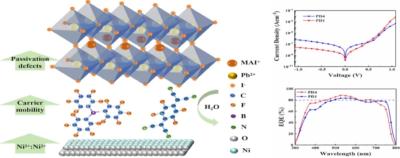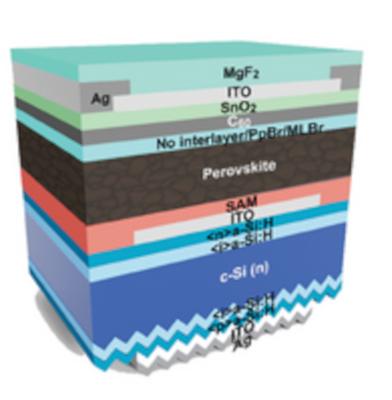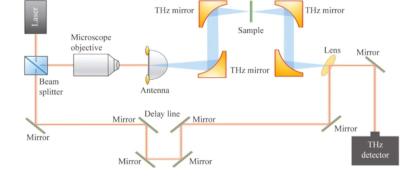Transparent perovskite PV project connected to grid in China
Reports suggest that a solar power project in China, which utilizes translucent perovskite panels, has recently been connected to the grid in Gansu Province. This project was developed through a collaboration between the Electric Power Science Research Institute of the China State Grid Gansu Electric Power Company and a renewable energy subsidiary of China Datang Corp.
It was stated that the perovskite solar cells were processed to be translucent by the application of special graphical structures, including grind lines and dots, on the perovskite film. The specific structures are the result of precise control of parameters, including exposure time and depth. The graphical structures allow for the optimization of the light propagation path within the cell, thereby enhancing light absorption efficiency and improving the cell’s photoelectric conversion performance.










